In the realm of material science, metal balls have garnered significant attention due to their unique properties and versatile applications across various industries. Recent reports from the Global Metal Ball Market Analysis reveal a projected growth rate of 5.4% annually, underscoring their increasing importance in sectors such as automotive, aerospace, and manufacturing.
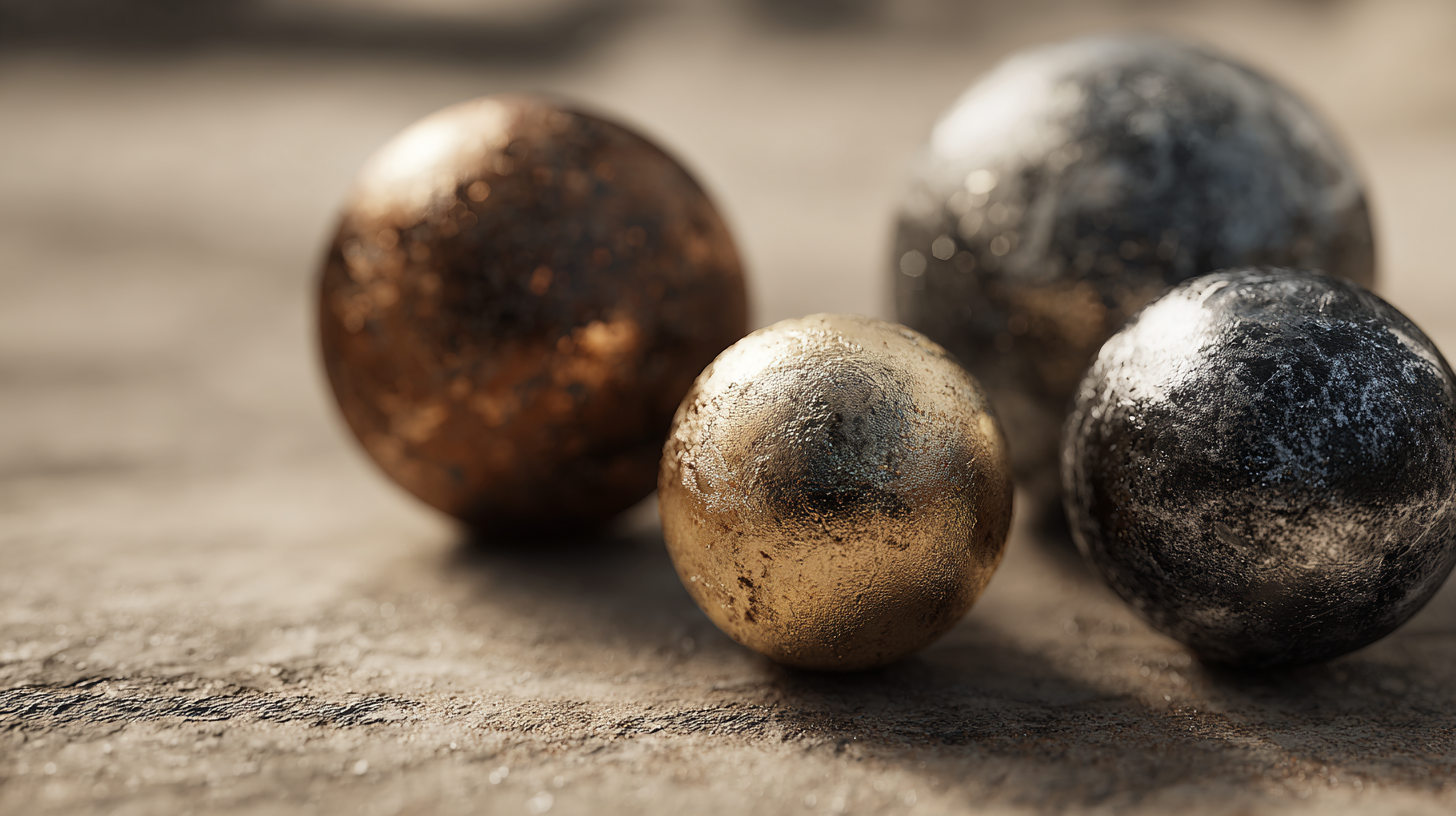 Metal balls are renowned for their high durability, resistance to corrosion, and ability to withstand extreme temperatures, making them ideal candidates for precision components in mechanical systems. Furthermore, advancements in manufacturing technologies have enabled the production of metal balls with tailored properties to meet specific engineering requirements.
This evolving landscape not only highlights the significance of understanding the science behind metal balls but also points towards innovative applications that can reshape industrial practices.
Metal balls are renowned for their high durability, resistance to corrosion, and ability to withstand extreme temperatures, making them ideal candidates for precision components in mechanical systems. Furthermore, advancements in manufacturing technologies have enabled the production of metal balls with tailored properties to meet specific engineering requirements.
This evolving landscape not only highlights the significance of understanding the science behind metal balls but also points towards innovative applications that can reshape industrial practices.
Metal balls have long captivated the scientific community due to their unique physical properties and diverse applications. When examined under various conditions, these spherical wonders exhibit remarkable characteristics such as exceptional strength, durability, and resistance to corrosion. The precise engineering of metal balls allows them to maintain shape and functionality in extreme environments, from high-pressure machinery to aerospace technologies. Their uniform structure contributes to an even distribution of stress, making them indispensable components in bearings and precision instruments.
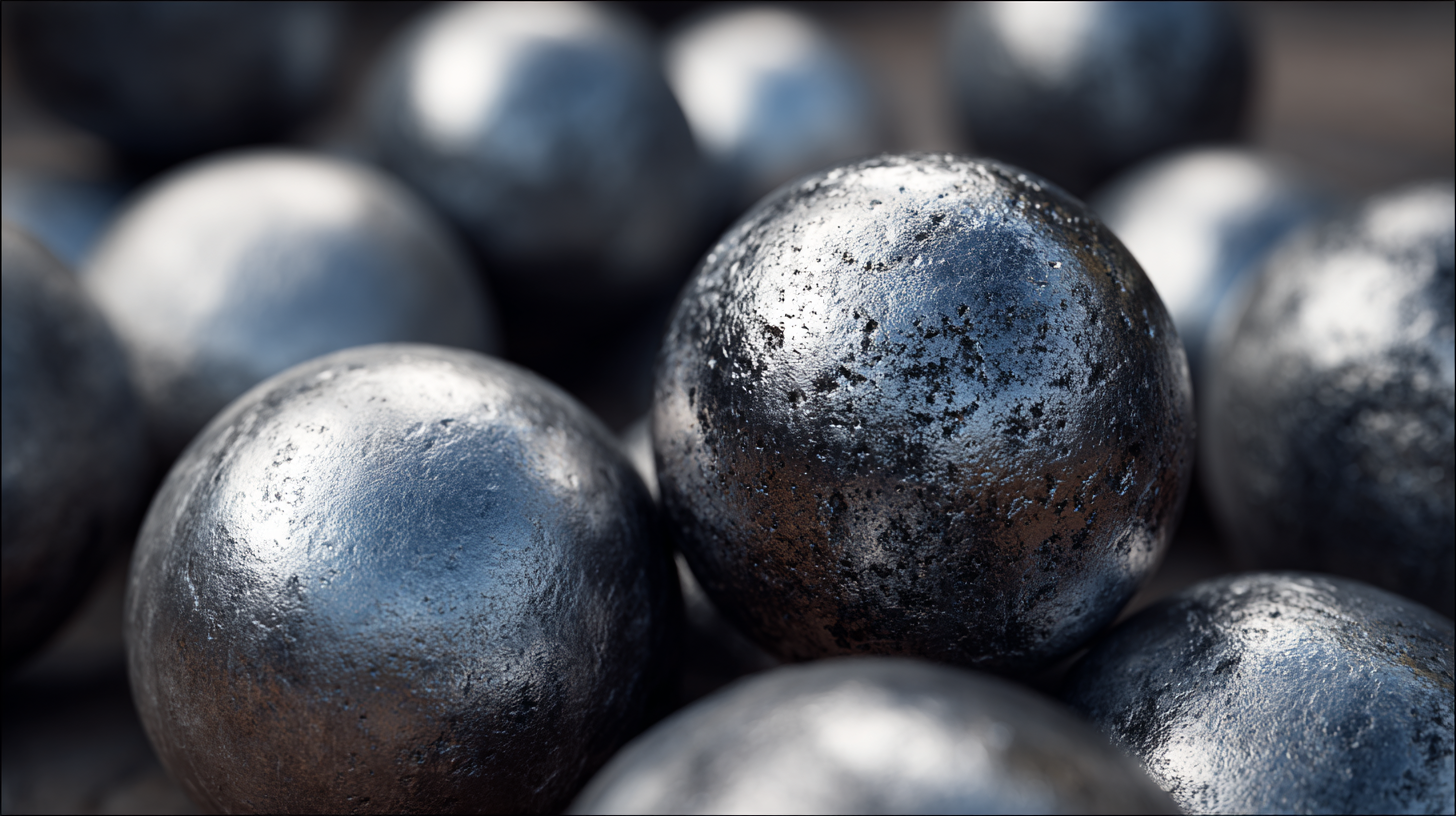
Recent discoveries in material science have unveiled even more intriguing aspects of metallic substances. Researchers are exploring the manipulated properties of these metals at a microscopic level, leading to the creation of new alloys that combine the best attributes of multiple metals. This advancement not only enhances the performance of metal balls but also opens doors to innovative applications in fields such as robotics and medicine. As we delve deeper into the characteristics of metal balls, the potential for novel uses continues to expand, illustrating the intersection of science and engineering in the quest for more efficient materials.
Metal balls possess unique properties that make them invaluable assets across various industries. In manufacturing, for example, they are often employed in the production of bearings and rollers. Their uniform shape contributes to reduced friction, enhancing the efficiency and lifespan of machinery. Additionally, metal balls are critical components in the automotive sector, where they are used in fuel injectors and valves, aiding in the smooth operation of engines and ensuring optimal fuel efficiency.
In the medical field, metal balls are utilized in innovative applications such as targeted drug delivery systems and medical implants. The strength and durability of metals ensure that these devices can withstand bodily conditions while providing precision in treatment. Further, in the realm of entertainment and sports, metal balls are found in equipment ranging from precision sports balls to decorative elements in art installations. Each application highlights the versatility and essential nature of metal balls, showcasing their importance beyond mere functionality.
The comparative analysis of different metal types reveals a spectrum of unique properties and applications that are critical for advancements in various fields. For instance, the structural and interfacial electrical characteristics of transition metal oxide layers grown on GaN indicate significant variations in performance that can fundamentally impact electronic device efficiency. Similarly, evaluating the behavior of austenitic and martensitic alloys under different conditions enhances our understanding of their mechanical properties, thus informing their use in demanding environments.
Further investigations into the adsorption properties of metals by various materials, such as biochar, highlight the importance of understanding the physico-chemical interactions between different metal types and their environment. Research has shown that biochar derived from specific production methods exhibits comparable characteristics in terms of heavy metal adsorption efficiency. This comparative approach not only sheds light on the effectiveness of different metals and their compounds but also informs us about the underlying mechanisms that govern these interactions, paving the way for innovative applications in environmental remediation and materials science.
| Metal Type | Density (g/cm³) | Melting Point (°C) | Tensile Strength (MPa) | Corrosion Resistance | Common Applications |
|---|---|---|---|---|---|
| Aluminum | 2.70 | 660 | 90-570 | Good | Aerospace, automotive, packaging |
| Steel | 7.85 | 1370 | 370-600 | Moderate | Construction, machinery, tools |
| Copper | 8.96 | 1085 | 210-400 | Excellent | Electrical applications, plumbing |
| Titanium | 4.51 | 1668 | 900-1400 | Excellent | Aerospace, medical implants, military |
| Nickel | 8.90 | 1455 | 300-700 | Good | Alloys, batteries, coatings |
The manufacturing processes behind metal balls are essential to unlocking their unique properties and applications across various industries. Typically, metal balls are produced through processes such as forging, casting, and machining, each offering distinct advantages. For instance, forging is known for enhancing the mechanical properties of the metal, resulting in stronger and more durable products. According to the 2022 Metal Balls Industry Report, over 30% of metal balls are produced through forging, particularly for high-stress applications in aerospace and automotive sectors.
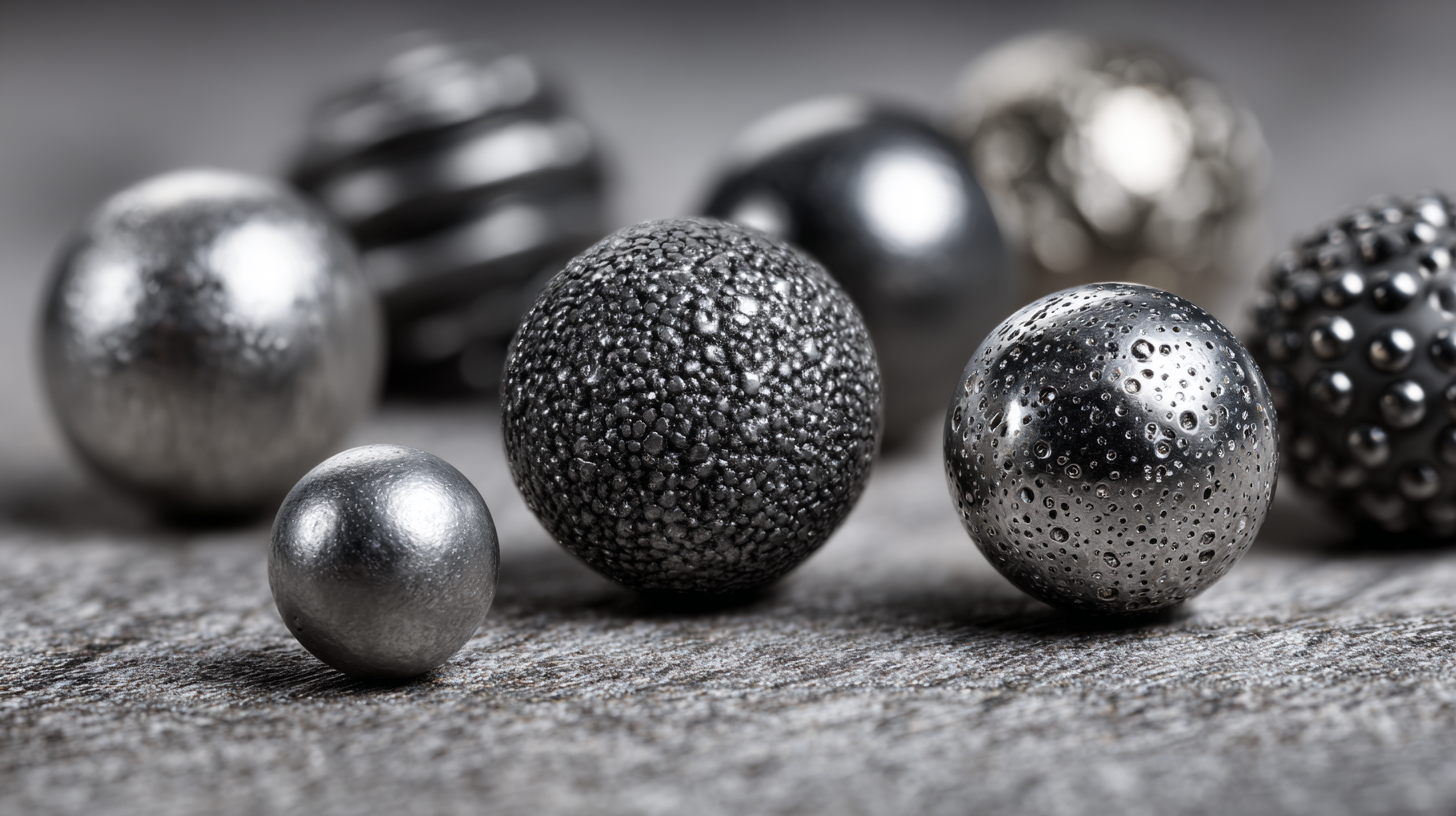
Casting, on the other hand, allows for the creation of more intricate designs and is particularly useful for producing larger metal balls. Recent advancements in precision casting technologies have increased production efficiencies by up to 20%, as indicated in the annual report published by the International Society of Metals. Additionally, machining provides the capability to create high-precision balls with tight tolerances, crucial for applications in ball bearings and industrial machinery, where any deviation can impact performance and safety.
As global demand for metal balls continues to rise, innovation in these manufacturing techniques remains key to meeting industry standards and customer expectations.
The future of metal ball technology is poised for significant advancements, driven by ongoing research into their unique properties and applications. As industries seek materials that can withstand extreme conditions, the exploration of metal balls that exhibit enhanced durability and resistance becomes increasingly relevant. Innovations are not limited to traditional applications, but extend into composite materials that incorporate cutting-edge polymers. For instance, high-performance materials, such as those featuring a molecular backbone with sulfide, aromatic, and sulfone groups, demonstrate promising characteristics like radiation resistance, high-temperature stability, and excellent corrosion resistance.
Incorporating these advanced polymers with metal ball technology could revolutionize various sectors, including aerospace, automotive, and electronics. The ability to create metal balls that are not only strong but also capable of insulating against electricity and resisting shock opens new avenues for their implementation. Furthermore, as domestic enterprises enhance their R&D capabilities, the potential for developing customized metal ball solutions tailored to specific industrial needs is on the rise, paving the way for future technologies that could redefine industry standards.
This chart represents the unique properties of metal balls based on various metrics including strength, weight, corrosion resistance, thermal conductivity, and cost. Each property is evaluated on a scale from 1 to 10, showcasing the significance of each in the context of future trends in metal ball technology.

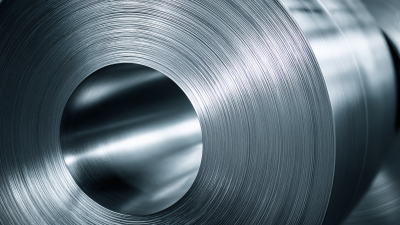
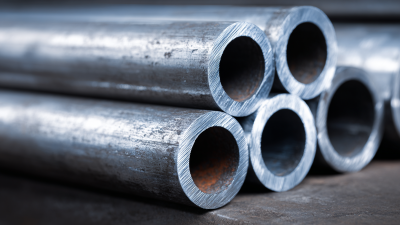


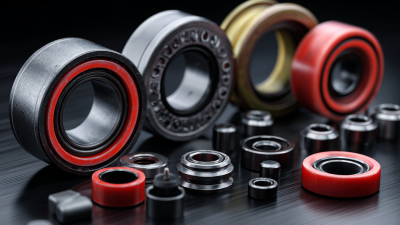
To learn more about any of the products and services provided by Abbott Ball Company, Inc., simply complete the form below.